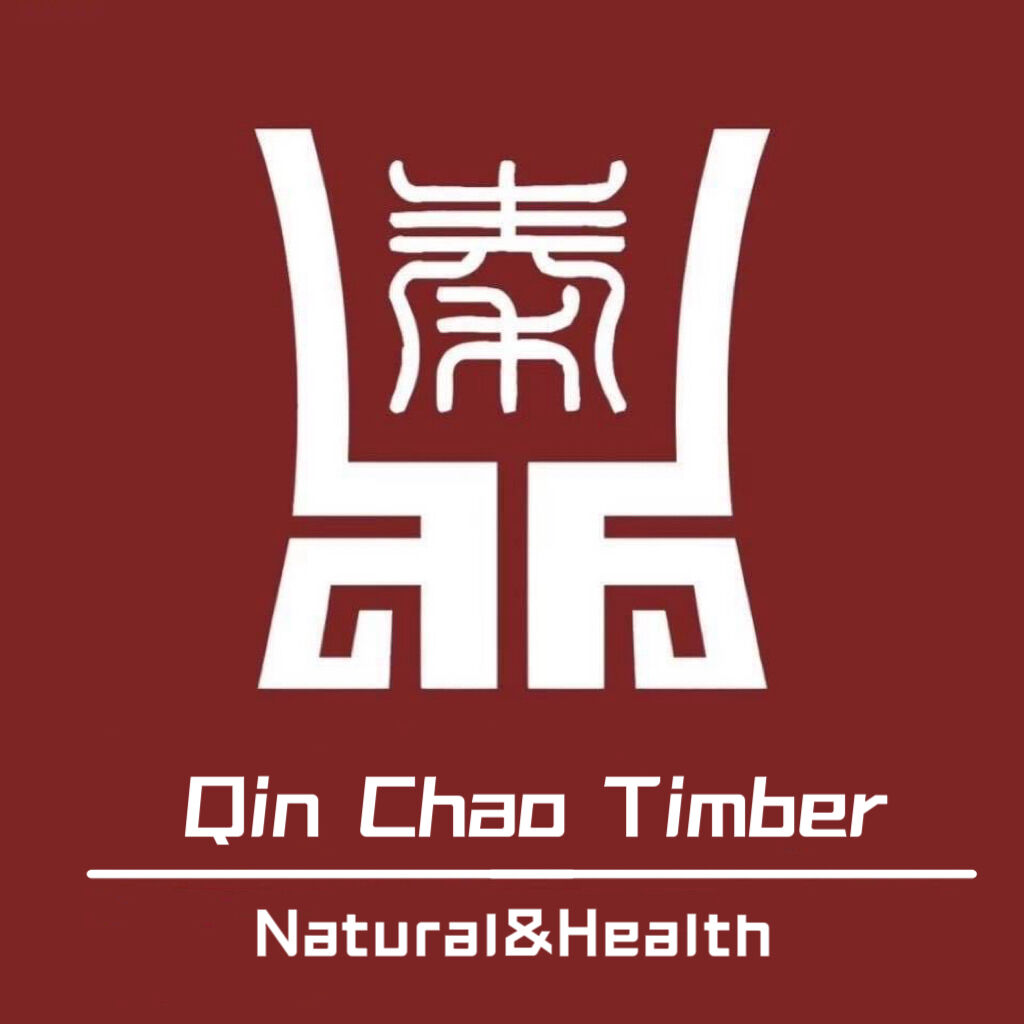What Is Thermo Treated Wood and How Does Thermal Modification Improve Moisture Resistance?
Definition and Process of Thermal Modification in Thermo Treated Wood
When wood gets thermo treated, it goes through a special heating process without any chemicals involved. The temperature ranges from around 180 degrees Celsius up to about 220 in these steam filled chambers. What happens inside? Well there are basically three steps to this transformation. First comes the drying phase where all the moisture is taken out of the wood. Then we crank up the heat significantly which breaks down those parts of the wood that absorb water so easily. Finally, everything cools down slowly to make sure the wood stays stable after treatment. This approach stands apart from traditional pressure treatments because there's absolutely nothing toxic added to preserve the wood. Instead, it's all about what happens when wood meets intense heat, making it last longer and resist getting damaged by moisture over time.
How Heat Treatment Reduces Hygroscopicity and Water Affinity
When thermal modification breaks down hemicellulose, which is the part of wood that holds onto moisture the most, it cuts down on hydroxyl groups by around half according to research from the Institute of Wood Science last year. This makes the wood absorb much less water overall compared to regular untreated wood, somewhere between 30 and 40 percent less actually. What's really interesting is how stable the equilibrium moisture content stays even when humidity levels reach as high as 90%. That means there's far less chance of the wood expanding or contracting unexpectedly, something that can cause problems for builders and furniture makers alike.
Scientific Overview: Key Structural Changes During Thermal Modification
Heat exposure induces two critical structural changes:
- Lignin cross-linking: Forms moisture-resistant bonds that improve dimensional stability
- Cellulose crystallinity: Reduces microfibril spacing, limiting water penetration
A 2021 study in Wood Science and Technology found these transformations reduce moisture-related deformation by 40–60%, explaining why thermally modified wood maintains shape integrity in humid conditions.
Chemical Changes in Wood During Thermal Treatment That Enhance Moisture Resistance
Degradation of Hemicellulose and Its Role in Lowering Moisture Absorption
Controlled pyrolysis during thermal treatment breaks down hemicellulose, eliminating up to 85% of its acetyl groups—key sites for water binding. This degradation reduces the wood’s ability to absorb and retain moisture by as much as 50% compared to untreated wood, fundamentally altering its hygroscopic behavior.
Structural Modifications of Lignin and Cellulose in Thermally Modified Wood
The heat process triggers three synergistic chemical changes:
- Lignin restructuring: Cross-linking reactions increase hydrophobicity
- Partial cellulose crystallization: Reduces accessible hydroxyl groups by 30–40%
- Hemicellulose depolymerization: Removes sugar-based moisture attractants
These modifications collectively minimize water affinity while preserving mechanical strength.
Reduction in Hydroxyl Groups and Overall Water Repellency Improvement
When wood undergoes thermal treatment, it affects those amorphous areas in the cellulose structure where hydroxyl groups (-OH) normally hold onto water molecules. What happens next is pretty interesting: the surface energy changes dramatically. Instead of being water loving at around 45-50 mN/m, the wood becomes water repelling with values dropping to about 28-32 mN/m. This means rainwater just sits on top like beads instead of soaking in. Tests have shown some impressive results too. After sitting submerged for 24 hours straight, thermally treated samples absorb roughly 60 percent less moisture than regular untreated wood would under similar conditions.
Research Insights: Chemical Analysis of Thermally Treated Wood
Recent FTIR spectroscopy studies confirm that thermal treatment:
- Reduces hemicellulose content by 42–65%, depending on species
- Increases lignin’s relative concentration from 25–30% to 35–40%
- Generates ester bonds resistant to hydrolysis
These chemical shifts explain why thermo treated wood maintains an EMC below 12% even at 90% relative humidity.
Lower Equilibrium Moisture Content (EMC) in Thermo Treated Wood: Causes and Benefits
Thermally modified wood achieves up to 50% lower equilibrium moisture content than untreated wood, transforming its response to environmental humidity.
Understanding EMC Reduction in Heat-Treated Wood Under Varying Humidity
Exposure to temperatures between 180°C and 230°C degrades hemicellulose and reduces hydroxyl group density—key drivers of moisture absorption. This results in thermo treated wood maintaining 9–12% EMC at 85% relative humidity. In contrast to untreated timber, which swells under damp conditions, modified wood exhibits €1% dimensional change.
Comparative Data: EMC Levels in Untreated vs. Thermally Modified Wood
A 2024 meta-analysis of 27 wood species revealed:
| Material Type | EMC at 65% RH | Swelling Rate |
|---|---|---|
| Untreated Pine | 16.2% | 4.8% |
| Thermally Modified | 8.9% | 0.9% |
This stability persists across cycles: thermo treated wood reabsorbs only 35% of expelled moisture during rehydration, compared to 90% in untreated samples.
Long Term Performance Advantages Due to Stable Moisture Content
The reduced EMC delivers measurable benefits:
- 12–15 year service life extension in decking applications
- 83% reduction in fungal decay claims (Wood Protection Association 2023)
- Elimination of warping-related maintenance in humid climates
By maintaining internal moisture below 10%, thermo treated wood resists both biological decay and mechanical stress, making it ideal for exterior joinery, saunas, and other high-moisture environments.
Dimensional Stability of Thermally Modified Wood in Humid and Outdoor Environments
How Thermal Treatment Minimizes Swelling and Shrinking in Humid Conditions
When wood undergoes thermal treatment, the hemicellulose breaks down and hydroxyl groups decrease, which cuts how much it absorbs moisture by around 60%. Research published last year in material sciences showed that thermowood keeps just about 40% of what regular wood does when it comes to reacting to moisture changes. Tests at high humidity levels (around 90%) revealed swelling and shrinking dropped between 60 and 70%. What happens inside is pretty interesting too. The cell walls start forming these water-repelling polymers that basically act as barriers against expansion and contraction from normal moisture shifts in the environment.
Performance of Thermowood in Fluctuating Climate Conditions
Tests have found that thermo treated wood only changes dimensionally by about 0.8 percent or less when exposed to humidity levels ranging between 30 and 90 percent over two weeks. Field observations in those really cold regions where temperatures can drop to minus 25 degrees Celsius in winter and climb up to plus 35 in summer show something interesting too. Thermowood cladding maintains alignment within approximately 1.2 millimeters per meter after sitting there for five whole years. That's actually three times better than what we typically see with regular pressure treated wood options. The reason? Well, the cellular structure gets altered during treatment so it doesn't absorb water through tiny channels inside the wood anymore. This means less stress builds up inside the material when it goes through those freezing and thawing periods that happen so often in colder climates.
Case Study: Thermo Treated Wood in Outdoor Decking and Façade Applications
A 5-year study of thermo-treated ash decking in Baltic coastal environments showed:
- Water absorption: 23% lower than untreated wood
- Gap formation: €0.5% width variation versus 2.1% in cedar
- Surface checking: 0.8 mm average depth versus 2.4 mm in tropical hardwoods
Façades made from this material required 73% fewer post-installation adjustments than conventional timbers.
Industry Insight: High Stability Without Chemical Preservatives
Looking at the latest figures from the millwork industry in 2024, around 84 percent of architectural manufacturers are going with thermally modified wood when they need something durable and precise for outdoor projects. Why? Well, this type of wood keeps moisture content below 6% even in normal climate conditions, which puts it right up there with those plastic composite materials but still breaks down naturally over time. What makes this possible isn't some fancy chemicals added later on, but rather what happens naturally as the wood gets heated. During processing, the lignin inside actually turns into these stable network structures similar to caramelizing sugar, giving the wood its special properties without needing any extra treatments.
Moisture Absorption and Water Related Performance of Thermo Treated Wood
Experimental Results on Moisture Uptake in Thermally Modified Wood
Research indicates that heat-treated wood soaks up around 35 to 50 percent less moisture compared to regular untreated wood when placed in similar environments. Looking at data from a study published in the IOP Conference Series back in 2021, they found something interesting about thermally modified pine specifically. The treated wood actually reached its moisture balance point about 2.3 times quicker than normal wood samples, stopping at just 12% moisture even when exposed to very high humidity levels like 90%. Why does this happen? Well, it turns out the heating process breaks down something called hemicellulose inside the wood structure. And guess what? That particular component accounts for roughly 85% of how much moisture regular wood naturally wants to absorb.
Behavior Under Cyclic Humidity Exposure and Real-World Implications
When exposed to repeated 30–90% humidity cycles, thermo treated wood demonstrates:
- 72% less dimensional change than untreated wood (per EN 335 durability standard)
- No crack development after 50+ cycles
- Consistent adhesion for paints and coatings
This reliable performance makes it well-suited for bathrooms, saunas, and coastal structures where daily humidity swings are common.
Direct Comparison: Thermo Treated vs. Untreated Wood in Water Affinity
Laboratory immersion tests highlight stark differences:
| Metric | Thermo Treated Wood | Untreated Wood |
|---|---|---|
| 24-hour water absorption | 18% | 42% |
| Capillary water uptake | 0.7 g/cm³ | 2.1 g/cm³ |
| Drying time (50% MC → 12%) | 14 hours | 48 hours |
The permanent reduction of hydroxyl groups through thermal modification creates a hydrophobic cellular structure, reducing water affinity by 54–68% across various species.
FAQ
What is thermo treated wood?
Thermo treated wood is wood that has undergone a heat treatment process without the use of chemicals. This treatment enhances its durability and moisture resistance.
How does thermal modification reduce wood's water absorption?
Thermal modification involves breaking down hemicellulose, reducing hydroxyl groups, and increasing lignin content, all of which contribute to lower water absorption.
What benefits does thermo treated wood offer?
Thermo treated wood offers increased moisture resistance, dimensional stability, longer service life, and reduced fungal decay claims. It is ideal for exterior applications.
Is thermo treated wood environmentally friendly?
Yes, the process does not use chemicals, and it enhances wood's natural properties, making it both eco-friendly and sustainable.
Table of Contents
- What Is Thermo Treated Wood and How Does Thermal Modification Improve Moisture Resistance?
- Chemical Changes in Wood During Thermal Treatment That Enhance Moisture Resistance
- Lower Equilibrium Moisture Content (EMC) in Thermo Treated Wood: Causes and Benefits
- Dimensional Stability of Thermally Modified Wood in Humid and Outdoor Environments
- Moisture Absorption and Water Related Performance of Thermo Treated Wood
- FAQ


 Products
Products